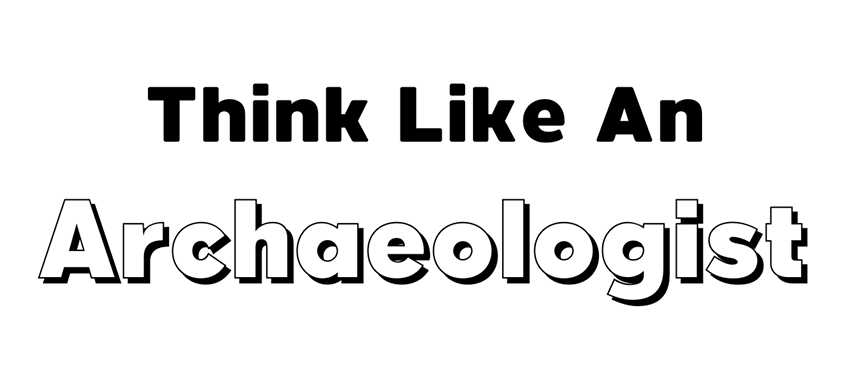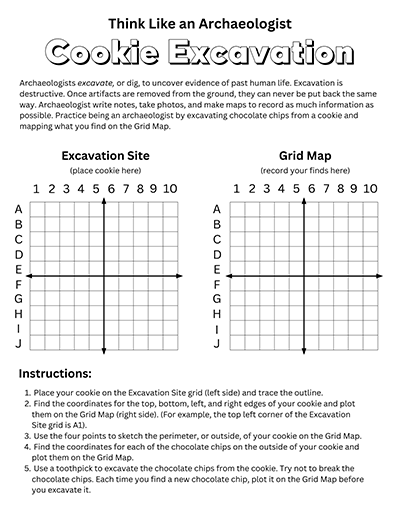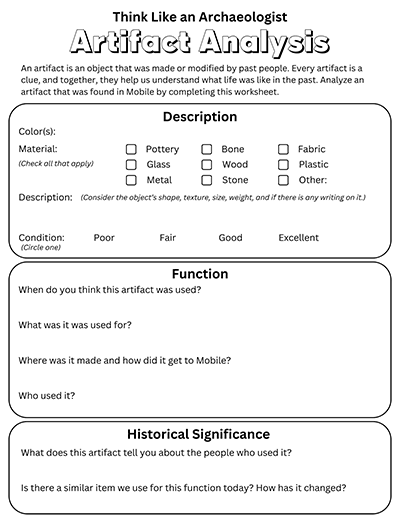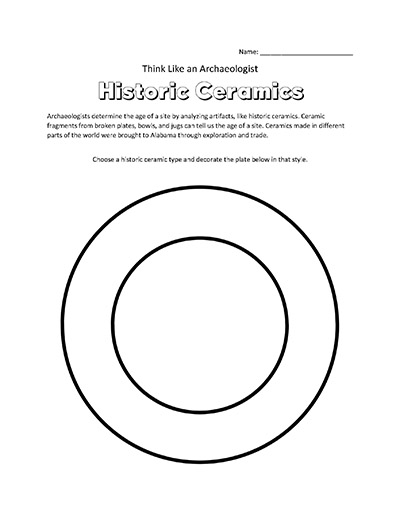Lesson Plans

Archaeology promotes critical thinking, problem-solving, and creativity. It is interdisciplinary, and incorporates science, social studies, math, and the humanities. Our educational series “Think Like an Archaeologist” teaches students the basic principles of archaeology, including excavation and artifact classification and analysis.
Think Like an Archaeologist lessons are aligned with the Alabama Course of Study Social Studies standards. These lessons align with standards for 3rd Grade Social Studies, 4th Grade Alabama History, and 8th Grade World History; however, the activities are flexible and can be applied in a variety of courses.
Click on an activity below to download the instructions and worksheet:
Stratigraphy
Learn about stratigraphy, or soil layers, and how it provides a timeline for past activity at a site
SS10.3.13 Describe prehistoric and historic American Indian cultures, governments, and economics in Alabama.
SS10.3.13.1 Identifying roles of archaeologists and paleontologists
Cookie Excavation
Excavate a chocolate chip cookie and map finds on a grid
SS10.3.13.1 Identifying roles of archaeologists and paleontologists
SS10.3.1.2 Using coordinates to locate points on a grid
Artifact Analysis
Study an archaeological artifact from our highlighted finds from the I-10 Mobile River Bridge Archaeology Project
Historic Ceramics
Study historic ceramics, or pottery, from different countries and time periods
SS10.3.1.4 Locating physical and cultural regions using labels, symbols, and legends on an Alabama or world map (Alabama)
SS10.3.2 Locate the continents on a map or globe
SS10.3.5 Compare trading patterns between countries and regions
SS10.3.13.1 Identifying roles of archaeologists and paleontologists






